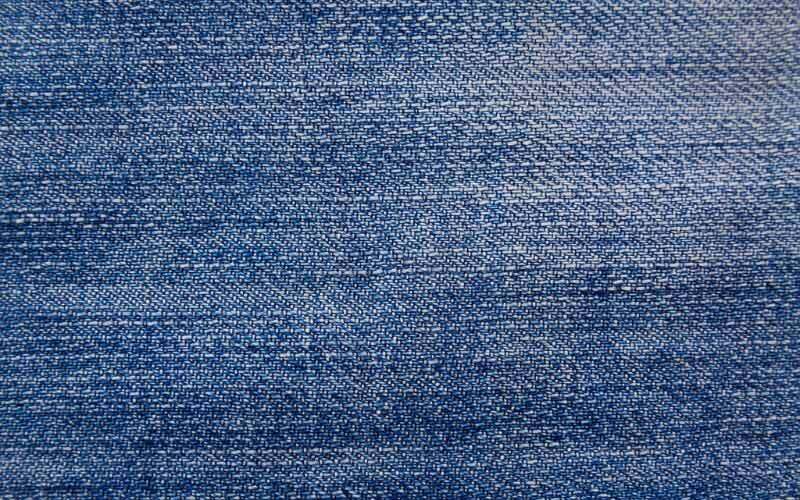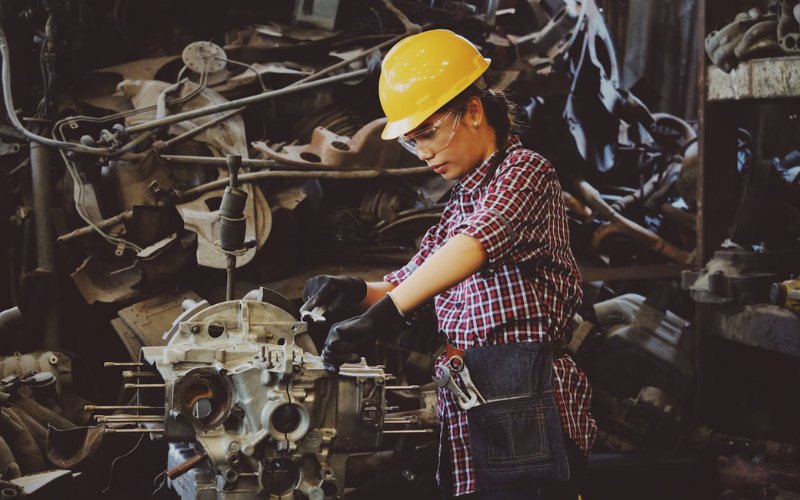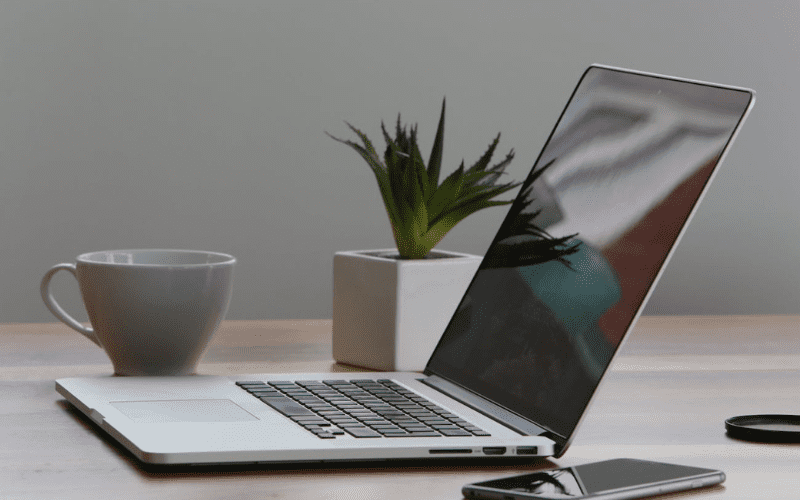Discerning high-quality fabric from total crap is a crucial skill for any sewist. By mastering this, you can select exceptional garments that last longer and make a real statement in your wardrobe.
To do this, you must look at the fabric from all angles. Taking note of the following points will help you assess fabric quality:
Look at the Weight
Whether you’re sewing your clothing or purchasing fabric for garments, linens, or other projects for your business, it’s important to know how to spot quality in the fabric sourcing process. While some characteristics are easy to see and handle, others, such as fabric weight, can be difficult to assess from afar.
A fabric’s weight is the measurement per square yard or meter that indicates how densely woven and knitted it is. This information is typically displayed in ounces or grams depending on your location and seller. If you’re unfamiliar with converting from one unit to another, do a quick web search.
Another way to identify a good-quality fabric is by its thickness. A quality fabric will not look transparent and should have a nice density; it should feel sturdy and firm in your hand. In addition, a high-quality fabric will not fray easily.
To further test a fabric, try to get it by dabbing a drop of water or liquid onto the surface. The moisture should move across the fabric easily and not remain in a wet spot for long. Also, test the fabric by rubbing it against your palm to see how it feels: a quality fabric will have a smooth and consistent feel without any irregularity or bumps.
Look at the Color
In addition to looking for the right weight, you need to pay attention to the fabric’s color. This is especially important when you are working with prints. You want to be sure that the predominant colors in your print are lining up correctly on the fabric before you purchase it to avoid problems later on. You can do this by holding the fabric to the light and seeing how it looks. The fabric should not be transparent or let a lot of light through, which could indicate that the fibers are not densely woven together.
Also, look for any signs of pilling on the fabric’s surface – this is not a good sign and can be easily fixed using a pilling brush or a similar tool. Finally, check that the dye on the fabric is even – there should be no streaks in any area of the fabric. Another way to test this is to lightly dampen a white handkerchief or cotton ball and see how the color on the fabric rubs off onto it.
Another useful test for color is squinting the fabric to remove all of the colors and see it in grayscale. This can be a great way to determine the value of cloth and help you make the best choice for your designs.
Look at the Finish
You can have the most beautiful design in your hands, but if it’s matched with quality fabric, all your hard work will be well-spent. Fabric is the heart of any garment, and there are a few things you can look for to help you determine the quality.
The first thing you want to do is take the time to understand the basic composition of fabrics. There are many different fibers out there, each with its characteristics. You can do this by reading the composition tag on your clothing, examining the fabric’s label, or doing a little research online.
Next, you need to consider the fabric’s construction. This will tell you how strong and durable it will be. Look for a high-strength fabric woven tightly with minimal gaps in the weave. Similarly, look for a fabric that combines vertical and horizontal weaves, generally stronger than just a horizontal or vertical weave.
Another way to test the durability of a fabric is to look for any negative dots or streaks on the surface. If you see any of these, it’s not worth purchasing the fabric as it will fade and discolor over time. It’s also important to look at how the fabric is finished. Check for secure and sewn seams tightly, and look for hems that have been properly finished. Inspect the fabric for any facing, which is extra material that manufactures stitches along seams to prevent them from stretching or losing their shape.
Look at the Price
It’s not uncommon to see online articles discussing how to spot high-quality and low-quality fabric. However, these tips often overlook a few things. For one, identifying the quality of the fabric is not just about seeing and feeling it. It is also about knowing what questions to ask, what red flags to look out for, and how to assess the fabric holistically.
For example, looking at the fabric in person allows you to inspect it for blemishes such as tears, threads, stains, and burn marks. It also allows you to feel the texture of the fabric and understand how it will work with your garment design. If a fabric feels scratchy or rough against the skin, this could indicate that short/low-quality fibers were used.
Another thing to consider is the fabric’s absorbency. A good way to test this is to wet the fabric and press it with your fingers lightly. If the fabric soaks up the liquid quickly, it is likely a higher-quality fabric.
Finally, paying attention to the fabric article number is important when sourcing fabrics. The fabric article number is a unique identifier that allows you to find the specific fabric you want to buy. It is also useful when ordering samples and bulk yardage. The fabric article number is usually located on the fabric hanger.




